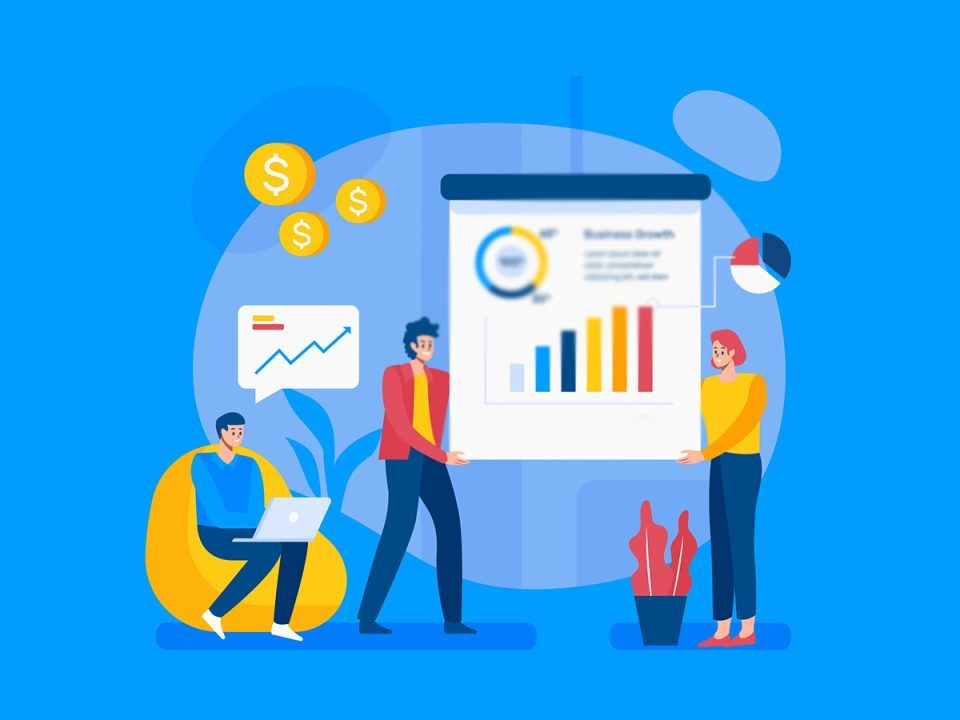Your role as a CFO has undergone a fundamental transformation. You become more than a steward of the company’s history. You are a strategic voice, not a boxing referee, tasked with looking around corners and leading the company into the future. However, the task involves making decisions where most of the tools of traditional finance are structured in favor of the rear.
This is the space that Generative AI occupies, introducing a whole new paradigm in the form of Generative Finance. With it you have a forward-looking capability that takes you from reporting on what happened to a model that more strategically considers what could happen next.
Moving Beyond the Rearview Mirror
Using the past to drive the future is equivalent to hoping to move forward in a moving vehicle while your sole focus is on the rearview mirror. It will tell you where you have been, but not so much about the road that lies ahead. This is how traditional FP&A often works, developing static forecasts based on historical performance. All of this is a long and drawn-out process that can make the final report moot by the time it is printed as a product, especially in the current volatile market.
Reactive approaches like this expose your organization to unexpected outcomes. Generative AI flips the script. It helps you refocus on the windshield, simulating the infinite possible ways your business can evolve. It means you can finally begin looking ahead, testing strategies for what happens next, and making assumptions and decisions based on a more complete picture of everything ahead of you. The shift from hindsight to foresight equips your organization with an edge in strategic thinking.
Read More on Fintech : Reinventing Identity Security in the Age of AI
What Exactly is Generative Finance?
So, what makes generative finance different from standard analytics? It doesn’t just organize the numbers you have; it intelligently creates new data to show you what’s possible.
- It learns the unique patterns and rhythms of your specific business from your own data.
- It lets you explore hundreds of potential outcomes for any decision you’re considering.
- It presents a range of probable futures, not just a single, rigid prediction.
- It continually refines its understanding, getting smarter and more accurate over time.
Getting Answers to Your Toughest Business Questions
Think about the complex strategic questions you face every quarter. With generative finance, you can get detailed, data-supported answers in minutes, not months.
- A Supply Chain Break: What is the immediate cash flow impact if a key supplier shuts down? How can we model a pivot to an alternative without damaging margins?
- A Potential Acquisition: Beyond the purchase price, what does a successful integration look like in years one and two? Where are the financial risks we aren’t seeing?
- A Sudden Market Shift: How will a half-point interest rate hike affect our debt and profitability over the next four quarters? We need to know now, not later.
- A New Product Idea: Can we see a realistic financial projection for a new product, from the initial R&D burn to its peak market share and eventual decline?
Your FP&A Team Becomes a Strategic Hub
This technology doesn’t replace your expert finance team; it elevates them. When you adopt generative finance, your FP&A professionals are freed from the tedious work of manual data entry and report building. They can stop spending their time compiling spreadsheets and start investing their time in analysis and strategy. They become true business partners who can interpret complex scenarios, stress-test business plans, and provide the insightful guidance your leadership team needs to make better decisions.
Why Your Company’s Data is the Key?
A generic, off-the-shelf AI model can only provide generic insights. The real power of this technology is unlocked when it is explicitly trained on your company’s own data. By learning from your unique financial history, sales cycles, and operational details, the AI becomes a true expert on your business. This deep customization is what makes its forecasts and scenarios so reliable. The insights you get from a tailored generative finance model are directly relevant and immediately actionable because they are rooted in your reality.
The Real Definition of a Financial Asset is Changing
In this new landscape, we must rethink what constitutes a core financial asset. It’s no longer enough to possess years of historical data simply.
- The focus is shifting from static reports of the past to interactive models of the future.
- The goal is evolving from perfect hindsight to developing agile business foresight.
- The priority is moving from simple data crunching to building intelligent scenarios.
Your company’s most valuable asset is now its ability to model the future accurately. This predictive power, driven by generative finance, is what will separate the leaders from the followers. It equips you with the confidence to navigate economic uncertainty and make the bold moves that ensure long-term, sustainable growth.
Catch more Fintech Insights : The Future of Banking Starts with Customers
[To share your insights with us, please write to psen@itechseries.com ]
